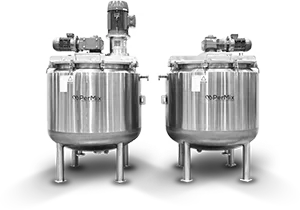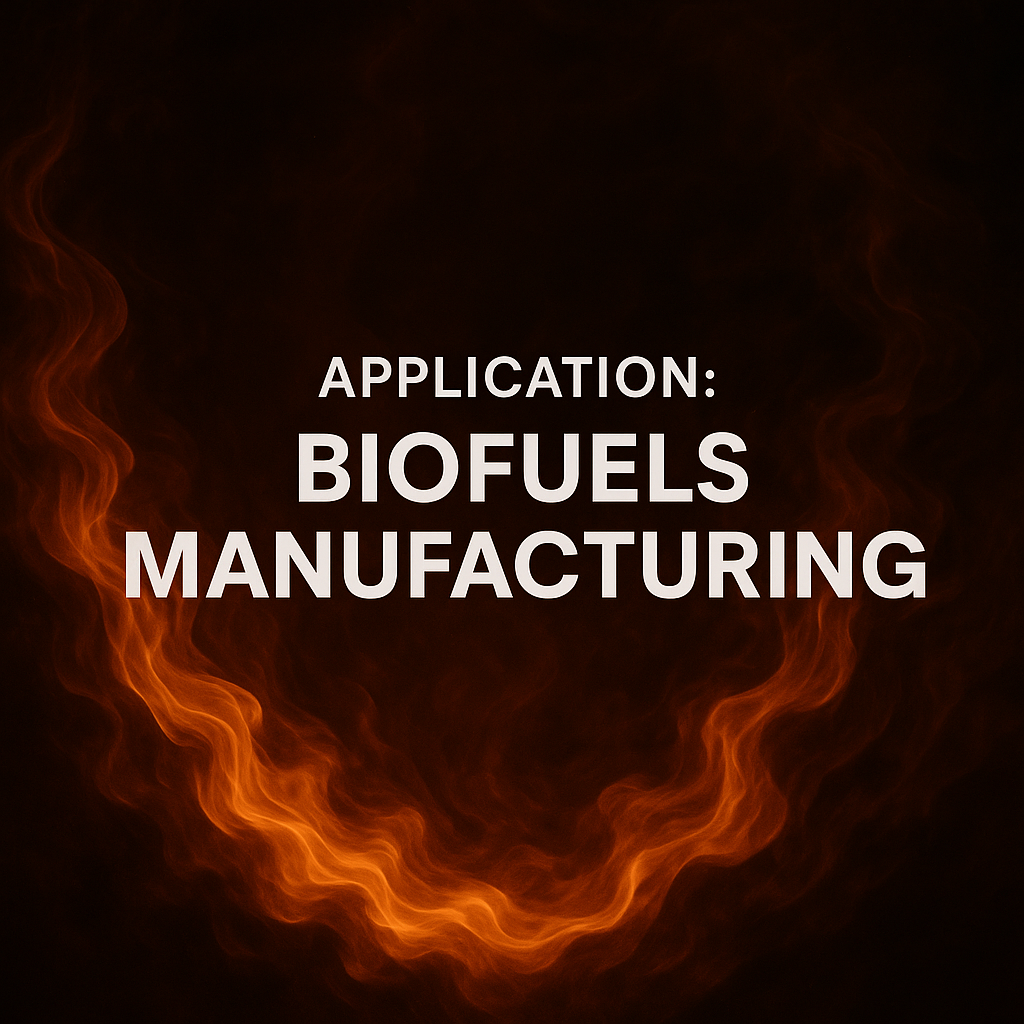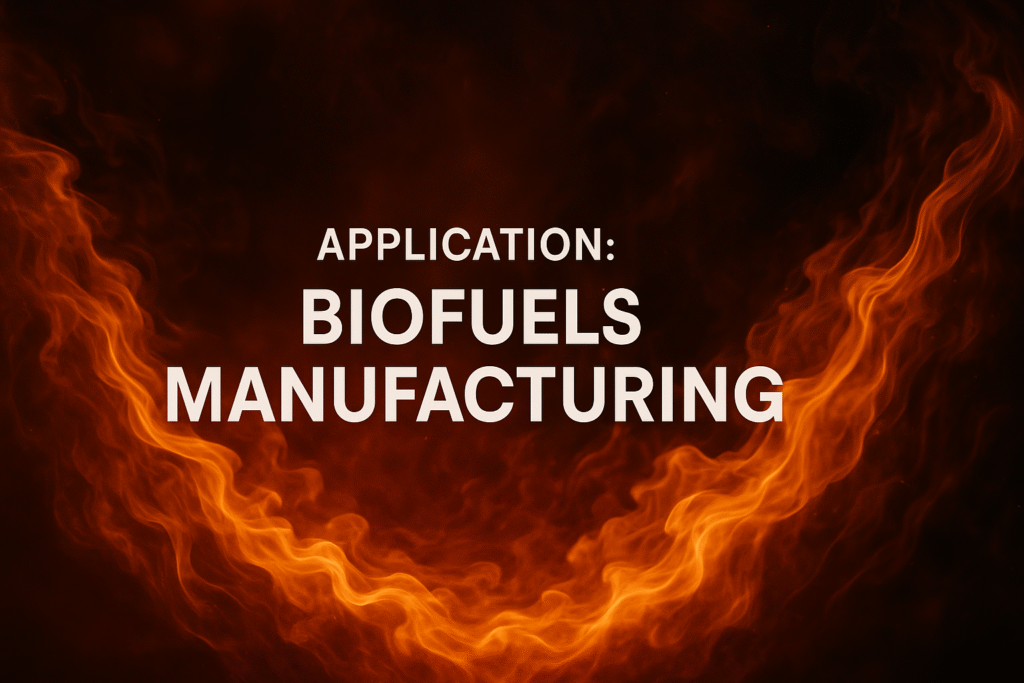Industrial Mixers UK
PerMix Applications



In the fast-evolving world of renewable energy, biofuels are transforming how we power transportation, industry, and the planet. From biodiesel and bioethanol to biogas and next-generation algal oils, one constant remains: precise, efficient mixing defines performance and profitability.
PerMix engineers advanced mixing systems that optimise reaction kinetics, ensure uniform dispersion, and stabilise temperature and phase behaviour—giving biofuel manufacturers higher yields, lower costs, and cleaner results.
Every litre of biofuel begins with a complex chemical or biological transformation. Feedstocks must be blended, catalysts dispersed, and multi-phase reactions precisely controlled. Poor mixing leads to unreacted oil, phase separation, energy waste, and off-spec fuel.
PerMix systems are designed to eliminate those risks. Our mixers enhance mass transfer, maintain homogeneity, and deliver the process consistency modern biofuel production demands.
Biofuels production involves diverse feedstocks and complex reactions. Each introduces unique challenges:
PerMix mixers are built to master these extremes—keeping production stable, efficient, and scalable.
Homogenising oils, fats, or biomass with catalysts, methanol, and co-solvents ensures full contact before reaction begins.
Controlled shear and temperature maintain even catalyst distribution and maximise reaction yield during transesterification or enzymatic conversion.
Gentle agitation allows clean phase separation while avoiding stable emulsions.
Precise blending of water, acids, or surfactants removes residues and neutralises catalysts.
Homogeneous mixing of additives and stabilisers delivers fuel that meets specification every time.
| Mixer Type | Strengths in Biofuels | Limitations / Constraints | Best Use |
|---|---|---|---|
| Sigma / Anchor / Paddle Mixers | Handle viscous biomass slurries; maintain uniformity | Slower turnover, less mass transfer | Slurry formation, pretreatment |
| High-Shear Dispersers | Excellent emulsification; rapid reaction initiation | Potential over-shear, heat generation | Transesterification, final blending |
| Multi-Shaft Mixers | Combine shear and flow control for precise reactions | More complex, higher capital cost | Conversion and washing stages |
| Vacuum / Pressure Mixers | Prevent oxidation; handle volatile solvents | Requires specialised sealing | Reaction and degassing stages |
| Continuous / Inline Static Mixers | Uniform blending of miscible liquids | Limited solids handling | Additive dosing, final blending |
PerMix engineers each mixer around the customer’s process—balancing shear, temperature, flow, and residence time to optimise yield and reliability.
PerMix combines deep process understanding with practical engineering to solve the toughest challenges in biofuel mixing.
PerMix mixers reduce mixing time, energy usage, and maintenance downtime. Our designs maintain uniform reaction conditions, enabling faster conversion and higher purity output—all while lowering operational costs.
Biofuel producers who switch to PerMix achieve:
Each system is engineered for long-term ROI and real-world reliability.
Q: Can PerMix mixers handle both biodiesel and ethanol processes?
A: Yes. Our systems are fully configurable for chemical, enzymatic, or fermentation-based routes.
Q: How do I prevent phase separation during biodiesel washing?
A: Use gentle, controlled agitation and temperature uniformity—features built into every PerMix design.
Q: Are PerMix mixers suitable for biogas slurry mixing?
A: Absolutely. We offer heavy-duty paddle and dual-shaft designs optimised for solids suspension and gas retention.
Q: What materials are best for biofuel reactors?
A: For corrosive catalysts, 316L stainless or Hastelloy are preferred; for abrasive biomass, Hardox or coated surfaces are ideal.
From small-scale pilot projects to full industrial biofuel facilities, PerMix UK provides the engineering expertise and technology to keep production efficient, sustainable, and profitable.
PerMix UK – Mixing the Future of Renewable Energy.
